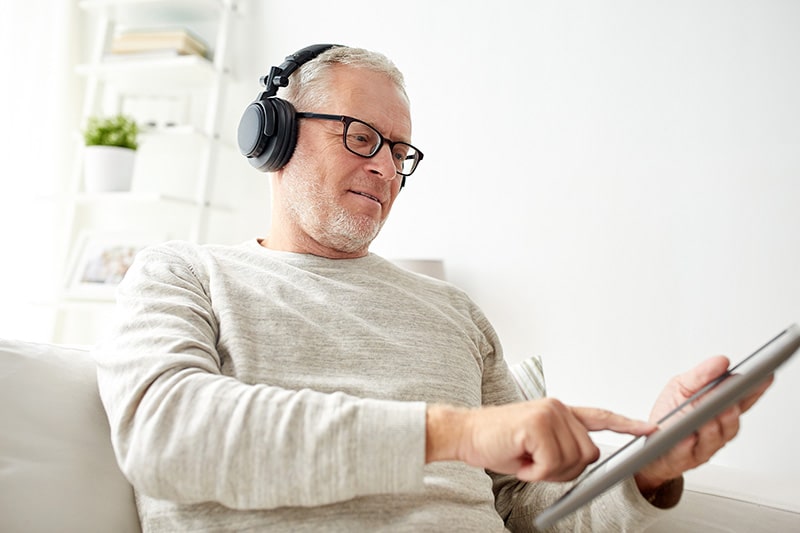By Natalie Wilson
Natalie Wilson is an avid music lover and guitar player who has dedicated her life to sharing what she knows on her blog. You’ll find a wide range of topics on her blog, including reviews, tutorials, and tips for musicians.
Feel free to contact Natalie: [email protected].
Music is a universal art form that everyone can connect with. Despite the common belief that a person must be talented to play music, all of us are innately rhythmic and therefore naturally musical. For example, consider the way a person walks. When we move our legs, we tend to move to a consistent rhythm or beat. This innate ability challenges many common beliefs that people with hearing impairments can not engage with music in the same way that those without hearing impairments can. Technology has created even more ways for all people to engage with music. Through games, effect pedals, and vibration technology, musical experiences are even better than ever for members of the Deaf community.
Let’s take a look at how technology has contributed to music, and how music can be incorporated into the lives of everyone.

technology, old people, lifestyle and distance learning concept – happy senior man with tablet pc computer and headphones listening to music at home
Visual Rhythmic Games
Music is not only about hearing the melodies and harmonies but also about the pulse. In fact, while styles of melodies vary from culture to culture, having a pulse is universal and therefore it’s the foundation of music. Being able to connect with music through a visual stimulus will open up a window of opportunity for members of the Deaf community.
If you’re interested in getting your child more engaged with music, there are many visual games with a rhythmic pulse that will allow your child to tap into his or her innate rhythmic ability. For example, Guitar Hero became popular about a decade ago, but still offers a great way for both children and adults to connect with music. There is a visual component to this game that will help the player to press the correct button on their “guitar” at the right time.
Boost Pedals
Technology has also allowed us to increase the volume of music without compromising the quality. Boost pedals will boost or increase the volume without any artifact that can often be caused by amplifiers. Some boost pedals will also allow you to increase the treble tones without increasing bass tones, or vice versa. This means you will be able to fine tune the sound based on your needs as a listener.
In order for people who use hearing aids to get the fullest musical experience possible, the audio volume may have to be increased. If you or your child plays electric or acoustic guitar with a pickup, a boost pedal is an excellent way to enhance the musical experience. If you want to choose the best guitar pedals, take a look at this article.
Vibration Technology
Converting music into a vibrational signal is another great way technology has improved musical experiences for people with hearing impairments. In 2010, a German scientist named Frederik Podzuweit created a way for people with hearing impairments to connect to music tactilely rather than auditorily. The “Music for Deaf People” collar will convert a song or piece of music into a vibration, allowing people who can not hear the pitch to connect with the pulse. Researchers at Ryerson University have also attempted to create a way for people with hearing impairments to listen to music through touch. The Emoti-Chair attempts to turn “the human body into a cochlea,” and uses sixteen vibrating motors to provide a musical experience through the skin rather than the ears.
Internet Communities
Not only are there vibration devices, visual games, and pedals, technology has contributed to music by creating the opportunity to connect with a large community of music lovers who have hearing impairments. Through the internet, people with hearing impairments who are interested in listening to music will be able to engage with others and learn more about global initiatives to make music more accessible.
In Conclusion
Hopefully, this article helped you realize the extent to which technology has contributed to music. Technology also creates opportunities for people who are hard of hearing to listen to music in a different way than it is typically experienced. Music is a universal art form that is founded on a rhythmic pulse. All people, including members of the Deaf community, are able to connect to this pulse, especially with the help of vibrating chairs and visual musical games. Through using modern technology, music is more accessible than ever before.








